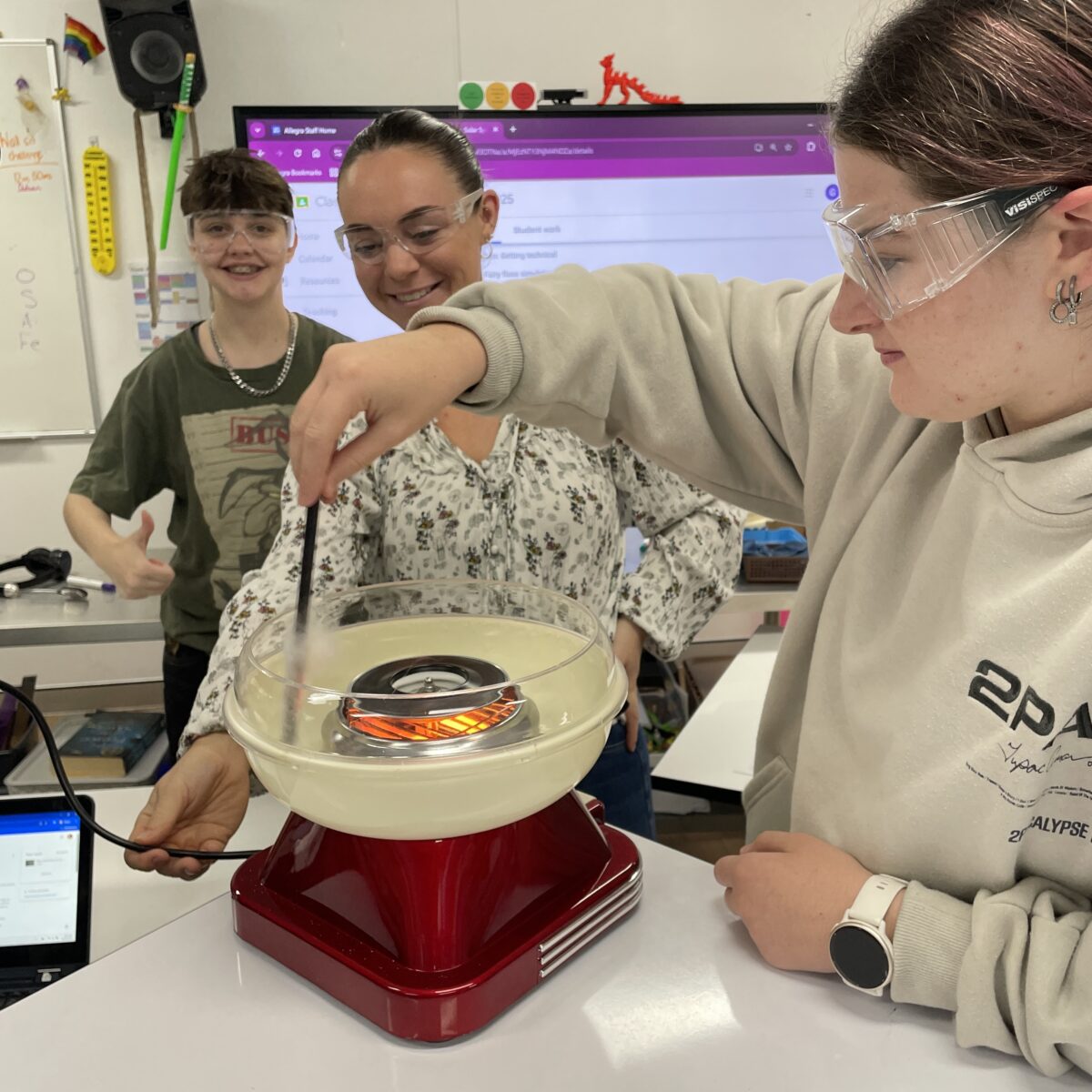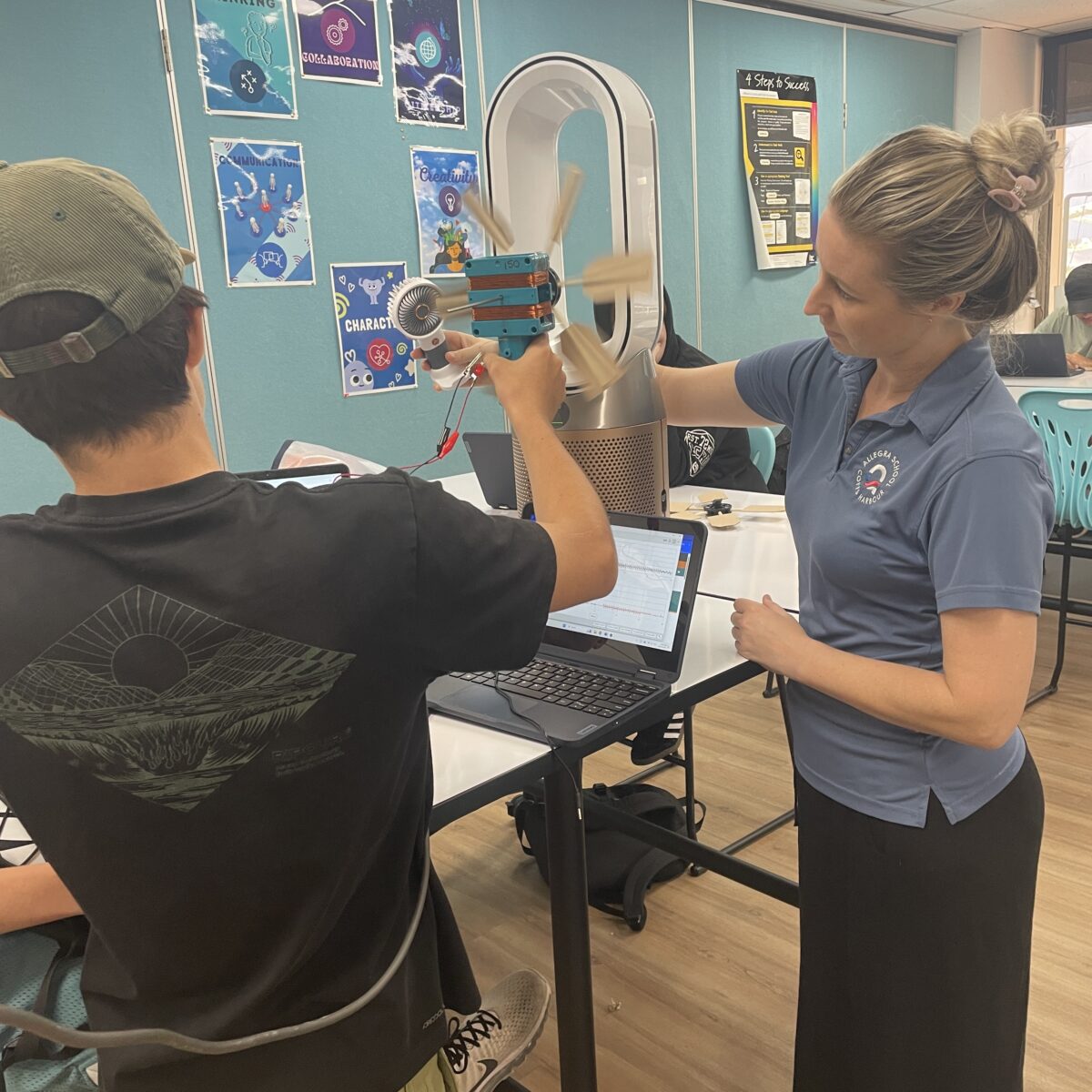In education, there is an ongoing tension between meeting regulatory requirements and responding flexibly to the diverse needs of students. Schools operate under the framework of the NSW Education Act 1990, which mandates that all children between six and 17 years of age must be enrolled and attend school regularly. This legislation exists for good reason; consistent attendance is fundamental to building knowledge, confidence, and connection. However, for students who are struggling to engage with the curriculum, compliance can feel like a heavy hand rather than a supportive structure.
At Allegra School, we believe that regulation and compassion can coexist. Compliance is not about enforcing rigid rules; it is about creating a foundation for every student to succeed.
Schools Can’t Exist Without Regulation—But Ignoring It Helps No One
While some students may feel disengaged, “throwing everything out the window” isn’t the solution. The reality is that ignoring attendance and curriculum obligations will only widen the gaps in learning and wellbeing, and it can also create increased anxiety for students who fall behind or feel unprepared . The Department of Education makes it clear that missing even one day a week can add up to years of lost learning over a school lifetime. Structure and consistency provide a sense of safety and predictability and are key elements for both learning and wellbeing.
The goal is not blind compliance but meaningful progress. Small steps, taken together, make all the difference.
Small Steps Start with an Individual Plan
At Allegra, we begin by listening. We work with families to create Individual Education Plans that acknowledge the student’s strengths, challenges, and personal goals. This isn’t about simply “getting through the curriculum” it’s about finding common ground where learning feels achievable and relevant.
Communication is the bridge between regulation and reality. When families share how we can best support their child, we can create flexible options without losing sight of essential educational requirements.
Building Partnerships and Support Networks
Education is a partnership between the school, the student, the family, and the wider community. While schools must deliver the mandated curriculum, the journey is far from one-size-fits-all.
At Allegra, our planning is led by our Coordinator of Student Wellbeing and our Leader of Student Strategy and Support, who collaboratively design plans that balance wellbeing, curriculum and support outcomes. This integrated approach allows us to meet compliance requirements while honouring each student’s unique needs and circumstances.
We also collaborate with external health providers, offer alternative attendance plans for short-term success such as after-school tuition sessions and engage our wellbeing team to provide strategies for regulation, time-out, and managing overwhelm.
The Allegra Dynamic framework reminds us that authentic connections and supported, personalised learning are the keys to student growth. You can read more about how we build these frameworks here.
Belonging is the First Step Forward
There is immense power in finding a place where you belong. A strong sense of connection is something we prioritise in school life at Allegra and can be the turning point for a student who has felt isolated or overwhelmed.
But staying in bed or withdrawing is no way to move forward. Change is often uncomfortable. Whether it’s re-entering a school routine or working through anxiety, progress comes through persistence, not avoidance. Our school’s values of acceptance, connection, and collaboration shape every step we take with our students.
From Compliance to Connection
Ultimately, compliance is not the end goal, but it is the baseline from which students can thrive. By blending the structure of the Education Act with the personalised support of Allegra’s wellbeing initiatives, we create a space where students can learn, grow, and build resilience.
If you’d like to know more about how Allegra supports individual pathways while honouring the responsibilities set by the Education Act, visit our About Us page.




